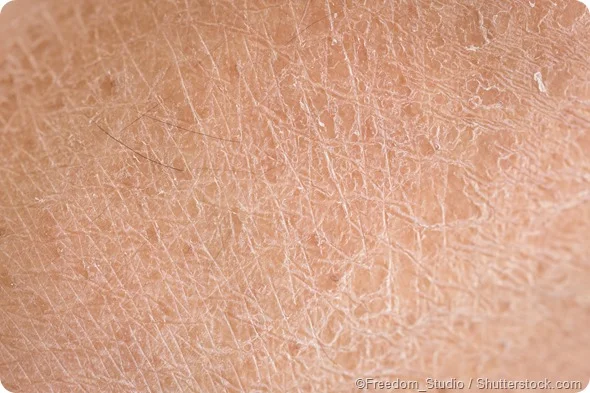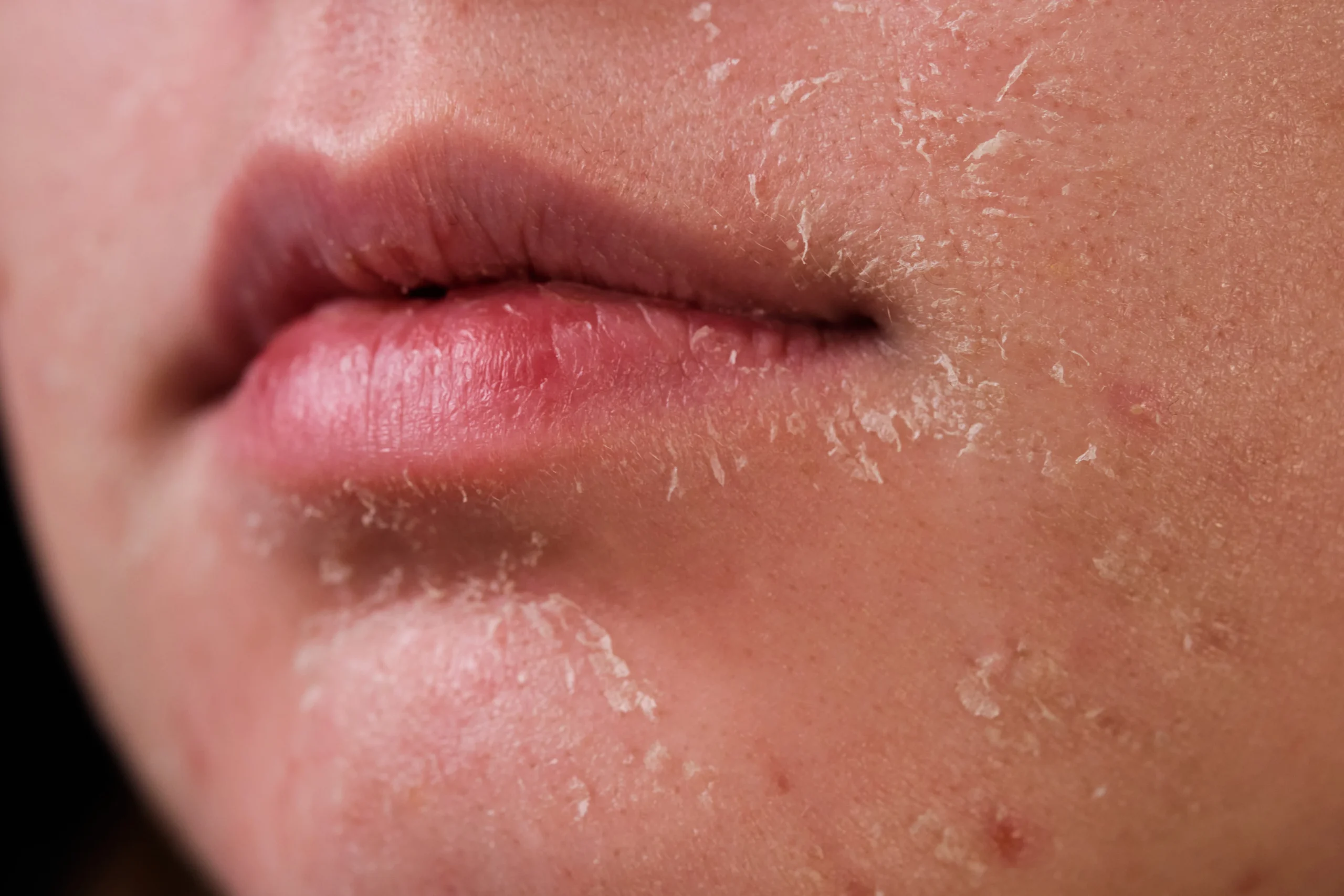Dry Skin
What is ‘Dry Skin?’
Dry skin, surface dryness and lipid dry skin are all conditions where the skin lacks proper moisture, but there is a difference in the underlying causes and dehydrated skin can commonly be coined as dry skin, this is why a full skin assessment is so important!
Dry Skin: Dry skin, also known as xerosis, refers to a skin type that doesn’t retain enough water or natural oils to keep it adequately hydrated. This can result in roughness, flakiness, tightness, and sometimes itchiness. Dry skin can be caused by various factors, including environmental conditions (cold weather, low humidity), excessive use of harsh soaps or hot water, genetics, and aging. It’s a common condition that can be managed by using gentle cleansers, avoiding hot water, and regularly applying moisturizers to lock in moisture.
Surface Dryness: Surface dryness of the skin refers to a condition where the outermost layer of the skin lacks sufficient moisture, making it feel rough, tight, and possibly flaky. This type of dryness primarily affects the top layer of the skin, known as the stratum corneum. The stratum corneum acts as a protective barrier that helps retain moisture, prevent water loss, and shield the skin from external irritants.
Lipid Dry Skin: Lipid dry skin, also referred to as barrier-deficient or lipid-deficient skin, is a more specific condition where the skin’s protective barrier, which is made up of lipids (fats), is compromised. This barrier is crucial for retaining moisture and keeping irritants out. When this barrier is weakened, the skin loses moisture more easily, leading to dryness, redness, sensitivity, and a higher risk of irritation. Lipid dry skin is often associated with conditions like atopic dermatitis (eczema) and other skin disorders that disrupt the normal lipid composition of the skin. Managing lipid dry skin involves using moisturizers that contain ceramides and other lipids to repair and strengthen the skin’s barrier.
WHAT CAUSES DRY SKIN?
Genetics: Some people are naturally predisposed to having dry skin due to their genetic makeup. Genes can influence how much natural oil (sebum) your skin produces and how well your skin retains moisture. If your parents or close relatives have a history of dry skin, you might be more prone to experiencing it as well.
Internal Aging: As you age, your skin undergoes changes that can contribute to dryness. The skin’s ability to produce natural oils decreases with age, leading to reduced hydration. Additionally, the skin’s natural exfoliation process becomes less efficient, which can result in a buildup of dry, dead skin cells on the surface.
Low Omega-3 Levels: Omega-3 fatty acids play a vital role in maintaining healthy skin by supporting the skin’s lipid barrier and reducing inflammation. A deficiency in omega-3s can lead to dry skin and other skin-related issues. This deficiency can arise from a diet lacking in foods rich in omega-3s, such as fatty fish, flaxseeds, and walnuts.
HOW WILL I KNOW IF MY SKIN IS DRY OR DEHYDRATED?
Dry skin and dehydrated skin are two different conditions that are often confused, but they have distinct underlying causes and characteristics.
Dry Skin: Dry skin is a skin type characterized by a lack of oil or natural lipids in the skin. It’s often a result of genetics and tends to persist over time. People with dry skin typically have fewer oil-producing glands, leading to a reduced ability to retain moisture. Dry skin can appear flaky, rough, and may be prone to irritation and sensitivity. It can be worsened by external factors like harsh weather and certain skincare practices.
Dehydrated Skin: Dehydrated skin, on the other hand, is a temporary condition caused by a lack of water in the skin. This can affect any skin type, including oily and combination skin. Dehydrated skin lacks moisture in the upper layers of the epidermis, leading to a dull and lackluster appearance. It can also exacerbate the appearance of fine lines and wrinkles. Dehydration can be caused by various factors, such as excessive sun exposure, insufficient water intake, environmental factors, and certain skincare products that strip the skin of its natural moisture.
Key Differences:
-
Underlying Cause: Dry skin is primarily a result of a lack of natural oils in the skin, while dehydrated skin is caused by a lack of water.
-
Skin Type vs. Condition: Dry skin is a skin type that persists over time, while dehydration is a temporary skin condition that can affect anyone.
-
Oiliness: People with dry skin might experience flakiness and roughness, while those with dehydrated skin might still have an oily T-zone or experience breakouts.
-
Response to Moisture: Dry skin may improve with the use of rich moisturizers that provide essential oils, while dehydrated skin responds well to water-based, hydrating products.
-
Long-Term vs. Short-Term: Dry skin tends to be a long-term condition, whereas dehydrated skin can often be corrected by addressing underlying factors and improving hydration.
-
Treatments: Treating dry skin involves replenishing natural oils with moisturizers and gentle skincare practices. Treating dehydrated skin involves increasing water intake, using hydrating products, and avoiding factors that contribute to moisture loss.
It’s important to correctly identify whether you have dry skin, dehydrated skin, or a combination of both. This can help you choose appropriate skincare products and practices to effectively address your skin’s needs.
Ready to begin your journey?
If dry skin is a concern for you, we can help. Get started today, click the link below.
Want to know the tea?



